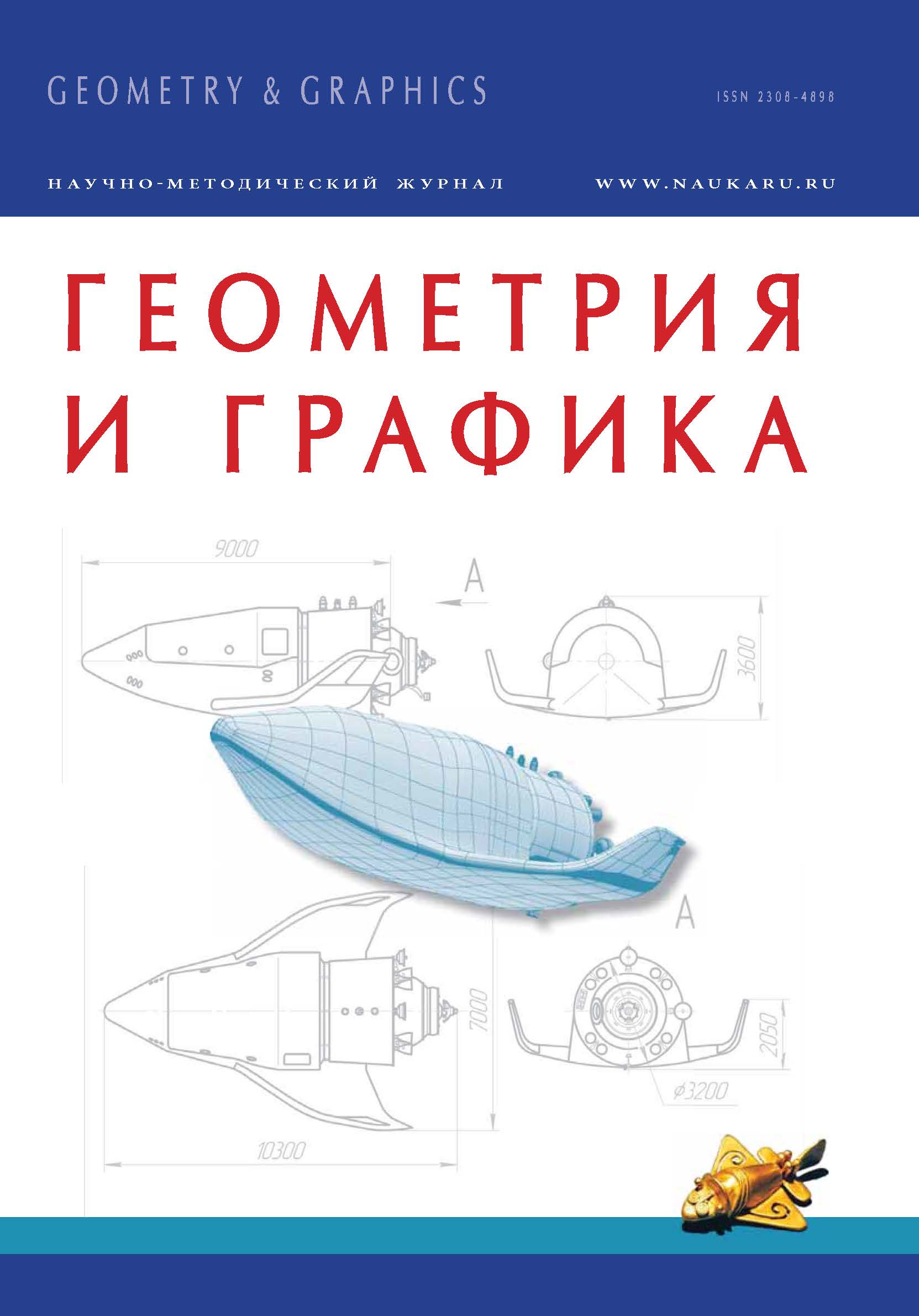The experience of teaching descriptive geometry and drawing (DG&D) to students, as well as computer geometry and plotting (CG&P) to university lecturers at the Moscow Road Transport Institute entitles the author to assert that reducing the DG&D study time for the benefit of demonstrating finished drawings on a computer monitor is unacceptable. DG&D teach students to discern from drawings: 1) the shape of machine parts, 2) kinematics of subassemblies, and 3) how they are put together and taken apart. Gaspard Monge, who: 1) developed graphic geometry language for depicting 3D objects in two dimensions, 2) devised a grammar of that language – the science of descriptive geometry, 3) established a DG&D chair, and 4) founded a polytechnic, discovered that DG&D stimulate quick-wittedness. By accomplishing the above, Gaspard Monge paved the way to technical universities. Nowadays DG&D chairs teach engineers in accordance with Monge´s curriculum which specifies the necessary and sufficient study time for achieving technical literacy. Therefore the author believes that the study time should not be reduced! It should be extended, because DG&D train the brain. The author supports the opinion that CG&P should be taught, but not at the expense of DG&D, which are hard to master, but by including them into summer extramural computer training and using Russian-made БК-0010 personal computers and our program software (PS) — the ALGRAPH graphic geometry software package (GGSP) developed by Yu.V. Kotov. The author is convinced that CG&P should be taught in schools of Russia, Belarus, Kazakhstan, and Ukraine using our computers and software.
descriptive geometry and drawing (DG&D), personal computer (PC), graphic geometry software package (GGSP), computer geometry and plotting (CG&P), program software (PS).
С ростом городов, подъемом хозяйства и культуры в Древнем мире (Греции и Риме) возникло высшее образование. В Италии в городе Салерно была организована 1-я высшая медицинская школа. Там же, в Болонье – 1-я высшая юридическая школа. В конце Х в. на Халкидонском полуострове (на Афонской горе) была основана грузинская академия. В XII в. в Западной Европе (Италия, Испания, Франция) появились первые высшие учебные заведения – университеты. Это было вызвано потребностями экономического развития, ростом городов, развитием ремесел и торговли, подъемом хозяйства и культуры.
Древнейшими университетами в Европе славится Прага (1348), гордится Краков (Ягеллоновский университет, 1364). Основными факультетами в ранних европейских университетах были историко-филологические, правовые, географические, медицинские и математические.
С начала XVIII в. для бурно развивающейся промышленности потребовались специалисты с техническими знаниями. В 1701 г. в Москве Петром I для нужд государственной и военно-морской служб была организована «Школа математических и навигацких наук». Она была первым в мире учебным заведением подобного типа. Затем в 1715 г. в Петербурге была открыта Морская академия [4, c. 513].
Приоритет в открытии первых в мире высших технических учебных заведений принадлежит Чехии. В Остраве в 1716 г. была учреждена «Высшая горная школа». В 1717 г. в Праге был основан 1-й в мире Чешский технический университет. Полвека спустя в Саксонии (Германия) в 1766 г. была организована «Горная академия» [4, с. 508].
1. Artsikhovskaya-Kuznetsova L.V., Bazarova L.G. Sostavlenie elementarnyh chertiozhnyh programm na grafo-geometricheskom yazyke ALGRAF-R: Metodicheskie ukazaniya k laboratornoy rabote po kursu «Mashinnaya grafika». [Preparation of elementary drawing programs on grapho-geometric language ALGRAF-R. Methodical instructions for laboratory work on the course «computer graphics»]. Moscow, MADI Publ., 1981. (in Russian)
2. Artsikhovskaya-Kuznetsova L.V. Preobrazovaniya koordinat v mashinnoy grafike: Uchebnoe posobie. [Transformations of coordinates in computer graphics]. Moscow, MADI Publ., 1985. (in Russian)
3. Artsikhovskaya-Kuznetsova L.V. Build automation perspective images. Moscow, MADI Publ., 1986. (in Russian)
4. Great Soviet encyclopedia (BSE), V. 9, 1951.
5. BSE, V. 28, 1954.
6. BSE, V. 29, 1954.
7. Ishchenko A.A. K voprosu o neobkhodimosti prepodavaniya nachertatel´noy geometrii i grafiki dlya khimikov i khimikovtekhnologov [To the question about the necessity of descriptive geometry and graphics teaching for chemists and chemistry technologists]. Geometriya i grafika [Geometry & Graphics]. 2013, v. 1, i. 2, pp. 6-7. DOI:https://doi.org/10.12737/776.
8. Kotov J.V. Geometric design and computer graphics. Part 1-3. Moscow, MADI, 1981, 1983, 1987. (in Russian)
9. Kotov J.V. As the machine draws. Moscow, Nauka Publ., 1988. (in Russian)
10. Kotov J.V., Pavlov A.A. Fundamentals of computer graphics. A manual for students of art-graphic Department of pedagogical Institute Ltd, Moscow, Prosveschenie Publ., 1993. (in Russian)
11. Sal´kov N.A. Iskusstvo i nachertatel´naya geometriya [Art and Descriptive Geometry]. Geometriya i grafika [Geometry & Graphics]. 2013, v. 1, i. 3-4, pp. 3-7. DOI:https://doi.org/10.12737/2123.
12. Sal´kov N.A. Kurs nachertatel´noy geometrii Gaspara Monzha [Gaspard Monge’s Descriptive Geometry Course]. Geometriya i grafika [Geometry & Graphics]. 2013, v. 1, i. 3-4, pp. 52-57. DOI:https://doi.org/10.12737/2135.
13. Sal´kov N.A. Nachertatel´naya geometriya do 1917 goda [Descriptive Geometry until 1917]. Geometriya i grafika [Geometry & Graphics]. 2013, v. 1, i. 2, pp. 18-20. DOI:https://doi.org/10.12737/780.






